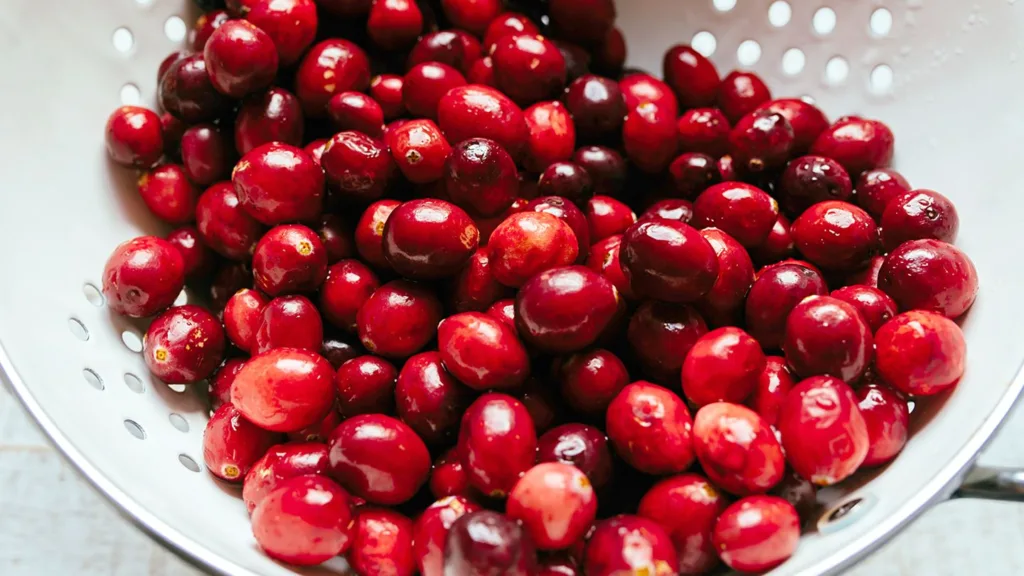Winter brings a delightful array of fruits that not only tantalize your taste buds but also contribute to your overall well-being. Let’s delve into some top-notch winter fruits and discover how they play a pivotal role in maintaining your health during the colder months.
While certain fruits may be less abundant in winter compared to the summer, there’s no shortage of delectable citrus and other fruits in season, brimming with essential nutrients to fortify your health and resilience during the colder days.
Grapefruit
At the forefront of winter fruits is the succulent and sweet grapefruit. Ripening in January, this seasonal delight is a powerhouse of protective nutrients and plant compounds, including the antioxidant lycopene. These elements play a crucial role in shielding cells from potential damage caused by free radicals.

Use Fruits Always
Antioxidants, abundant in all fruits, have been linked to disease prevention, according to the National Institutes of Health. Grapefruit, rich in vitamin C, boosts your immune system, strengthens bones, and accelerates healing. Additionally, it contains beta-carotene, converting to vitamin A, supporting immune function, skin health, and vision, as noted by the National Library of Medicine.
The dietary fiber, pectin, found in grapefruit promotes digestion, and its metabolism-boosting properties are an added bonus.Beyond these benefits, grapefruit contains salicylic acid, aiding in breaking down inorganic calcium and alleviating arthritis symptoms. Despite its tartness, there are numerous creative ways to savor this nutrient-packed winter fruit, such as citrus rounds with mint, grapefruit spritzers, or pairing it with avocado in a watercress salad, as suggested by Prevention.For those wary of its acidity, a sprinkle of sugar or topping it with cottage cheese can mitigate the tangy taste.
Pears
A medium-sized pear is an excellent source of vitamin C, offering a nutritional blend of potassium, vitamin K, copper, magnesium, and B vitamins, according to the USDA nutrient database. Pears, high in fiber, contribute to a healthy gastrointestinal system.Colorful-skinned pears provide phytonutrients, such as flavonoids, renowned for lowering inflammation by neutralizing free radicals, preventing cell damage linked to chronic diseases like heart disease and cancer.

Despite their natural sugar content, the high fiber in pears prevents rapid blood sugar spikes, making them an ideal on-the-go snack, even for individuals with diabetes. Their low glycemic index ensures lasting satisfaction after consumption.
Pomegranates
The pomegranate, a fruit with mythical origins, boasts a myriad of health benefits, from abundant antioxidants to potential cancer prevention. Integrate pomegranates into your winter diet to relish not only their health advantages but also the delightful sweet-sour taste of each luscious seed. For those on the go, a glass of pomegranate juice is a convenient option.
Pomegranate seeds derive their vibrant red hue from polyphenols, potent antioxidants. Pomegranate juice surpasses other fruit juices in antioxidant levels, with three times more antioxidants than red wine and green tea. These antioxidants may eliminate free radicals, shield cells from damage, and curb inflammation, according to the NIH.
The juice’s positive impact extends to digestion, reducing gut inflammation and enhancing overall gastrointestinal health. It proves beneficial for individuals with conditions like Crohn’s disease and ulcerative colitis. Furthermore, pomegranate juice combats inflammation throughout the body, preventing oxidative stress and damage, as stated by health experts.
To Know More About Fruits Please Click Me
Flavonols in pomegranate juice may contribute to blocking inflammation associated with osteoarthritis and cartilage damage.A single pomegranate’s juice meets over 40% of your daily vitamin C requirement. Opt for homemade or fresh juice to preserve its nutrient content. Pomegranate juice also supplies folate, potassium, and vitamins K and E.When selecting pomegranates, look for firm fruits with shiny golden-red skin. Avoid shriveled or discolored ones.
Oranges
No compilation of winter fruits is complete without the inclusion of oranges. Whether winter crops or not, oranges, and citrus produce, in general, should be your go-to snack. Oranges, renowned for their vitamin C content, serve as potent water-soluble antioxidants, preventing cell damage.

Certain orange juices are fortified with Vitamin D, enhancing the nutritional profile with additional benefits, including fiber, folic acid, potassium, and calcium.Mandarin oranges, tangerines, tangelos, and clementines, close relatives of oranges, make for excellent snacks between meals.
Bananas
Economical and seemingly available year-round, bananas stand out as a potassium-rich source. Potassium, a vital mineral and electrolyte, plays a crucial role in nerve cell signaling for regular heartbeats and muscle contractions. Additionally, it helps maintain a healthy cellular water balance, counteracting the effects of excessive dietary sodium, according to Harvard University’s School of Public Health.

Bananas also deliver vitamin B-6, supporting cell fortification, along with magnesium, fiber, and manganese.A medium ripe banana, constituting one serving, provides around 110 calories. For those not keen on eating bananas as is, a delightful banana smoothie can be created by blending one with yogurt, berries, a tablespoon of walnuts or almonds, and a splash of orange juice. Alternatively, slice it and combine it with other winter fruits for a delectable fruit cup.
Cranberries
Despite their small size, cranberries pack a substantial nutritional punch, being high in antioxidants and nutrients. Consider incorporating cranberries into your diet at least once a week, leveraging their health benefits.

Rich in antioxidants, cranberries contribute to the prevention of certain cancers, heart diseases, and inflammation, according to medical experts. A study identified cranberries as having the highest phenol levels, a type of antioxidant, among 20 common fruits. Additional antioxidants in cranberries include quercetin, myricetin, peonidin, and ursolic acid.Similar to citrus fruits, cranberries boast vitamin C, K, and potassium. Anthocyanins, compounds responsible for cranberries’ dark red color, have demonstrated potential anti-cancer and anti-inflammatory effects.
Pineapple
During your next supermarket visit, consider adding a pineapple to your cart. This large tropical fruit, with its spiky exterior and sweet interior, is rich in vitamin C and manganese. Manganese aids bone formation and blood sugar regulation.
Pineapple is a treasure trove of vitamins A, B6, E, and K, along with calcium, folate, iron, magnesium, phosphorous, potassium, and zinc. Bromelain, a substance in pineapple, may contribute to lowering inflammation, rendering pineapple a medicinal plant in certain cultures.When selecting a pineapple, opt for one that feels heavy for its size, free of soft spots and dark eyes. A ripe pineapple emits a sweet aroma at its end.

You May Like :
Discover the Miracle Fruit That’s CRUSHING Cancer Cells! Cancer Fighters Unite



One thought on ““Winter’s Bounty: A Nutritional Guide to Top-Notch Fruits for Cold-Weather Wellness””